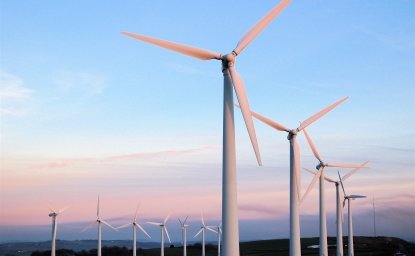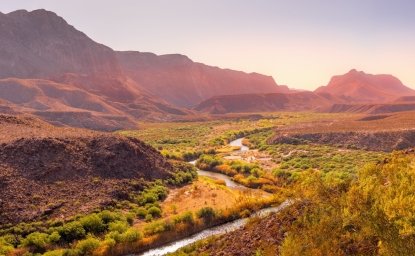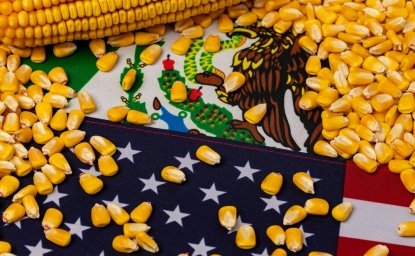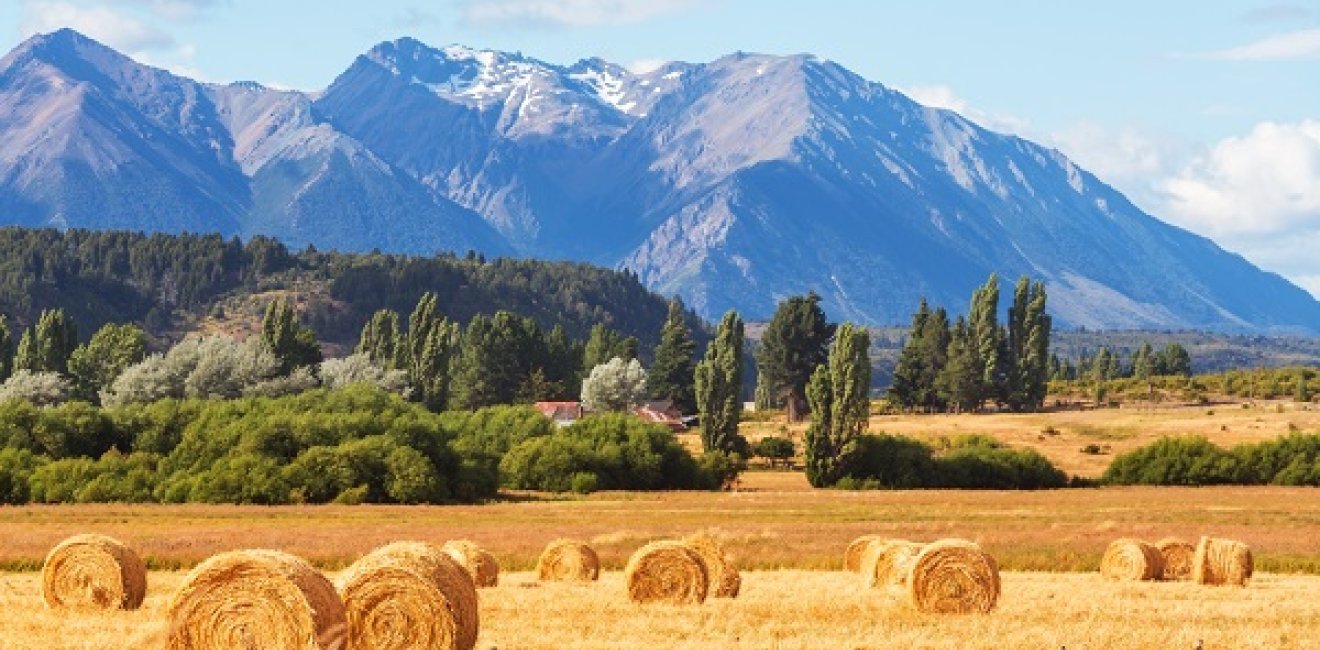Q: What have been the biggest challenges for Argentina’s farmers over the past year? Are there fears climate change could make droughts more frequent in Argentina?
A: Over the past year, one of the biggest challenges facing Argentina’s farmers has been a lack of infrastructure. From the 2013/14 season until the beginning of the 2017/18 summer crop season, farmers dealt with extreme wet conditions across the agricultural belt, including extreme soil moisture, flooded areas and flooded farm-routes. This resulted in significant losses of planted areas, and affected seeding and harvesting and the transportation of grains from the fields to grain elevators for storage.
During the 2017/18 season, there was extreme weather variation. The season began with serious floods during the planting window (September to mid-December 2017), followed by a severe drought that affected soybeans and corn plots across the region between January through the end of March of this year. The drought was followed by the resumption of heavy showers in April, which affected soybean plots as they entered their “maturity” phase. This wet period produced discolored beans and sprouts, affecting the quality of the produce throughout the center of the growing region, where the majority of soybean output is located.
Q: Given these difficulties, what are the latest crop production estimates from the Bolsa de Cereales?
A: In this 2017/18 season, we are projecting 36 million tons of soybean and 32 million tons of corn, compared to 57.5 million tons of soybean and 39 million tons of corn the previous season. Argentina’s wheat production in the 2017/18 season, which finished in January, was 17.75 million tons; we forecast 19.1 million tons for the wheat season that started in May.
Q: The reduction or elimination of export taxes on agricultural goods was designed to increase planting and reduce hoarding by Argentine farmers. Did it succeed?
A: Yes, it did succeed. Even after the floods and subsequent severe dry conditions that affected the crop area planted in the 2017/18 season, at the national level, total crop area planted expanded relative to the 2015/16 season (see graph), the last season under the previous regulatory scheme for grain commercialization (e.g., export taxes and quotas). In addition, a large part of areas planted with wheat are also sown with soybeans during the same season. This means that the expansion of wheat areas also increased the double crop area, allowing for a more efficient use of limited resources such as soil, nutrients, sun radiation and soil moisture.
Q: Argentina is famous for its steaks, but the country is an even bigger player in the global markets for soy and wheat – commodities for which it is the third- and eighth-largest producer, respectively. How important is agriculture as an economic driver in Argentina, in terms of its contribution to gross domestic product, exports and employment? How has that changed over time?
A: Agriculture is an important component of the Argentine economy. It contributes more than 7 percent of the nation’s GDP, and that has remained relatively stable over the last 15 years. Importantly, this figure only considers primary production, and leaves out other economically important downstream activities. According to a 2012 analysis by the Buenos Aires Grain Exchange, the overall contribution of Argentina’s agricultural sector is as high as 15 percent of GDP. Agriculture is even more significant in terms of Argentina’s exports, representing 61 percent of total exports.
There is no recent data on employment in the agriculture sector. However, this year, a new census will be launched that should provide updated information.
Q: President Mauricio Macri has called on Argentina to double its agricultural output. Is that realistic? What policies is the president pursuing to increase production? How important are free trade agreements to expanding Argentina’s farm sector?
A: Doubling national agricultural output is an ambitious, but not impossible, goal. Taking into account the current crop rotation and the gap between high and low technology use, Argentina could significantly increase its agricultural output by improving these two variables. From the grain production side, crop production could be easily increased by expanding wheat and corn planted areas, as both crops register higher potential yields per hectare than soybean. The use of high-technology packages in grain production would also improve potential crop yields (see graph).
When the current administration took office in December 2015, it implemented several measures to strengthen the farming sector, including the elimination of export taxes for wheat and corn, 23 percent and 20 percent, respectively. The government also eliminated export quotas for wheat and corn. For soybeans, the government reduced the export tax by 5 percent immediately, and scheduled monthly reductions of 0.5 percent beginning this past January and ending in December 2019.
However, a major increase in production would require improved access to foreign markets. The majority of Argentina’s crop production is ultimately destined for international markets. With a mature domestic market growing only at the pace of population growth, increased exports would be an important driver of production increases. In the last decade, Argentina has been absent from international negotiations and has not closed any commercial agreements with relevant markets. Meanwhile, the main agricultural producing and exporting countries of the world have been involved in negotiations with the most important markets for agro-industrial products. For example, Australia and New Zealand have signed trade agreements that give them preferential access to dynamic Asian markets. For that reason, Argentina and Mercosur must carry out an aggressive negotiation agenda to obtain improved access to the main importing countries. The recent proliferation of tariff and non-tariff barriers increases the urgency to implement this strategy.
Q: What are the expectations among agriculture experts and farmers in Argentina regarding global agricultural commodity prices?
A: Expectations regarding global agricultural commodity prices are contingent on the outcome of the trade dispute between the United States and China, and the disputes between the United States, Canada, the European Union and Mexico. Uncertainties in global weather patterns are also of major importance because of the effects of adverse weather on global production.
Author

Argentina Project
The Argentina Project is the premier institution for policy-relevant research on politics and economics in Argentina. Read more


Latin America Program
The Wilson Center’s prestigious Latin America Program provides non-partisan expertise to a broad community of decision makers in the United States and Latin America on critical policy issues facing the Hemisphere. The Program provides insightful and actionable research for policymakers, private sector leaders, journalists, and public intellectuals in the United States and Latin America. To bridge the gap between scholarship and policy action, it fosters new inquiry, sponsors high-level public and private meetings among multiple stakeholders, and explores policy options to improve outcomes for citizens throughout the Americas. Drawing on the Wilson Center’s strength as the nation’s key non-partisan policy forum, the Program serves as a trusted source of analysis and a vital point of contact between the worlds of scholarship and action. Read more

Explore More
Browse Insights & Analysis
Q&A with Doris Capurro, President and CEO of LUFT Energía

Water Security at the US-Mexico Border | Part 1: Background

China and the Chocolate Factory

